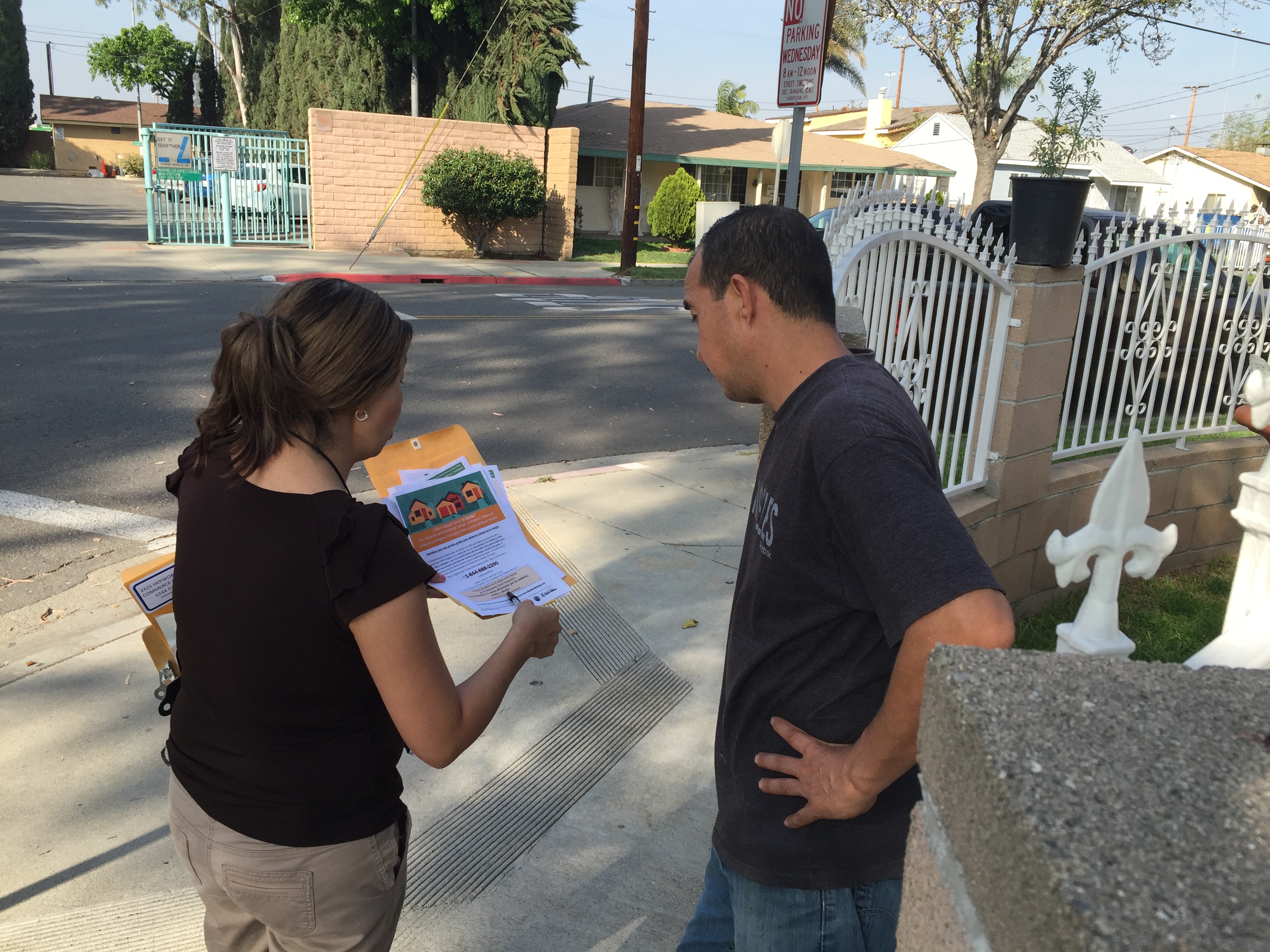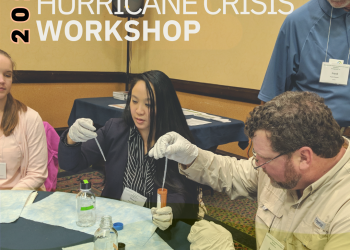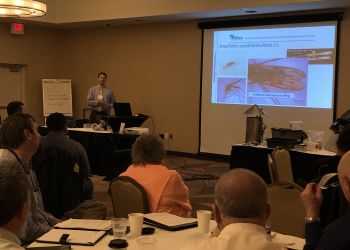By Cynthia Harding, MPH, Chief Deputy Director, Los Angeles County Department of Public Health (LACDPH); Angelo Bellomo, MS, REHS, QEP, Deputy Director, Health Protection, LACDPH; Kim Harrison Eowan, MPH, Senior Advisor to the Chief Deputy Director, LACDPH
The United States Environmental Protection Agency (EPA) defines environmental justice as the fair treatment and meaningful involvement of all people–regardless of race, color, national origin, or income–with respect to the development, implementation, and enforcement of environmental laws, regulations, and policies. For the Los Angeles County Department of Public Health (DPH), addressing environmental injustices starts with recognizing that the health of individuals is determined in large part by the conditions in which they live, work and play. Our work in environmental justice is to prevent toxic exposures and ensure fair distribution of the benefits and resources to obtain healthy physical environments. Authentic community partnerships are at the core of these efforts and drive the decisions and actions to achieve equitable results.
As with most communities across the country, Los Angeles County (LAC) communities disproportionately burdened by pollution and other toxic hazards are the same communities that face poverty, lack of secure employment, low high school graduation rates, and insufficient infrastructure to support the potential to thrive. Time and again, we find that these are communities of color. The inequities spring from multiple factors, both historical and contemporary, including land use decisions that have placed residential communities and industrial/transportation corridors in close proximity. We also can’t deny the powerful role that racism, in its many forms, has played in placing communities at distinct disadvantage. Communities face additional trauma when regulatory agencies fail to put population health at the center of their decision making and fall short in providing sufficient and equitable oversight.
In collaboration with community groups, LAC is working to address inequities in environmental justice in relation to lead contamination. Lead is a known toxin that has particularly harmful effects in children, causing neurologic damage and impaired memory and executive function. Lead poisoning can result in decreased IQ and academic performance, along with behavioral problems such as impulsivity, hyperactivity and attention deficit. Despite decreases in blood lead concentrations in children over the years, too many children still live in older homes with deteriorating lead-based paint and are therefore at risk for exposure and its effects. The majority of children in LAC who suffer from elevated levels of lead are based in metro and south regions of the county, are African American and Latino, and are living in poverty. Lead poisoning is entirely preventable, and a child with an elevated level of lead in the blood represents a series of failures of our society and medical care system.
Example 1: Battery Recycling Facility Soil Contamination
A former battery recycling facility operated for many years in LAC’s southeast region without the necessary state permits, releasing lead, benzene and arsenic among other toxic chemicals into the surrounding residential neighborhoods in the cities of Los Angeles (Boyle Heights), Maywood, Bell, Huntington Park, and Commerce. In those cities, populations are generally over 97% Latino, with more than a quarter of residents falling below the federal poverty level. This stands in stark contrast to the approximately 16% of Los Angeles County residents overall falling below the poverty level.

Outraged and horrified at the levels of pollution and elevated risk of exposure to cancer-causing emissions, we worked with community leaders and federal prosecutors to force the facility to permanently close in 2015. Unfortunately, the soil in the surrounding communities remains contaminated with high levels of lead. The state regulatory agency estimated it would take several years to sample and determine the magnitude of the problem. Our communities found this response unacceptable, and we quickly developed and demonstrated a rapid method for soil testing that cut the time for assessment down from years to months. LAC also provided information to residents on how to protect their families from lead poisoning, offered free lead testing, provided a workforce of community health workers and public health nurses to explain soil and blood level test results to residents, and worked with the medical community and the schools to ensure appropriate services were available.

LAC continues to work with community members to pressure state regulators to appropriately conduct the largest cleanup of toxic contamination in California history, and ensure that processes are community-informed and community-led. We worked to ensure community voices were elevated in our State Capitol which resulted in over $176 million allocated to soil clean-up efforts. The community partnership continues today to empower and invigorate joint efforts for greater regulatory action from the State of California, and we ensure at every step of the way that our community partners guide and inform this work.
Example 2: Legal Partnership Against the Lead Paint Industry
In 2007, LAC joined nine other California counties in a legal partnership to hold five lead paint companies accountable for promoting a product that caused poisoning in children. In 2014, three of those companies were found liable for creating or assisting in the creation of a public nuisance by manufacturing, promoting, and selling paint containing lead pigment for indoor use.
If the ruling stands, LAC will receive hundreds of millions of dollars to fund abatement for homes built before 1951. This will allow us to mitigate lead-paint hazards in a large portion of the housing in our most impacted communities. In planning for the receipt of these funds we are focusing on community engagement as the central strategy for determining community need, developing how the work will be done, and advising on outreach to ensure that those most in need can partake of these services.
As we observe National Minority Health Month, it’s essential that we acknowledge the role that environmental hazards play in inequitable health outcomes. In Los Angeles County, we are confident that our successes are only possible when we engage in real collaboration with the communities we serve – collaboration that can lead to equal decision-making and information access, and ultimately to powerful partnerships to drive policy and systems change to improve our communities and allow all our residents to thrive.






